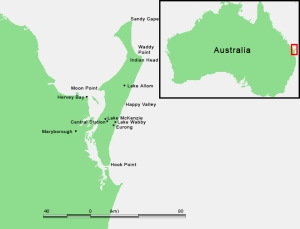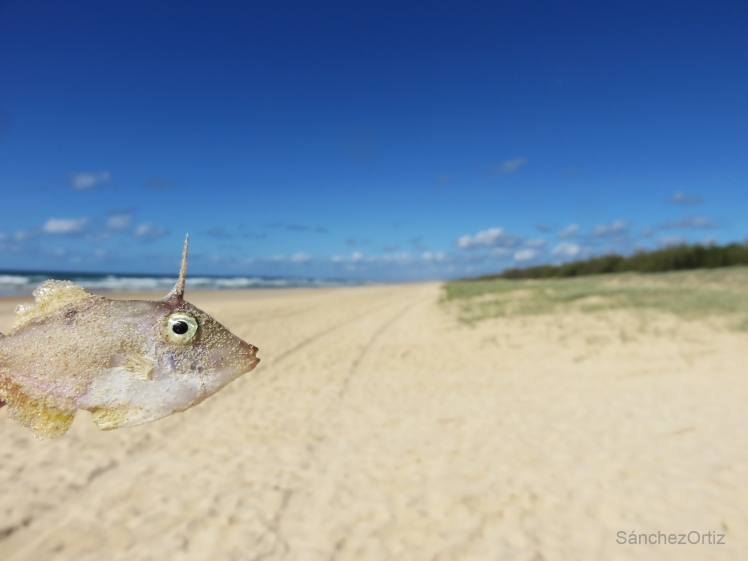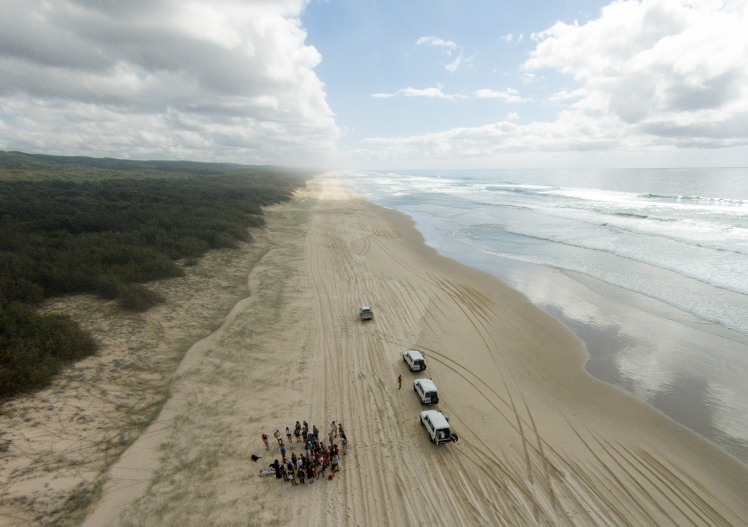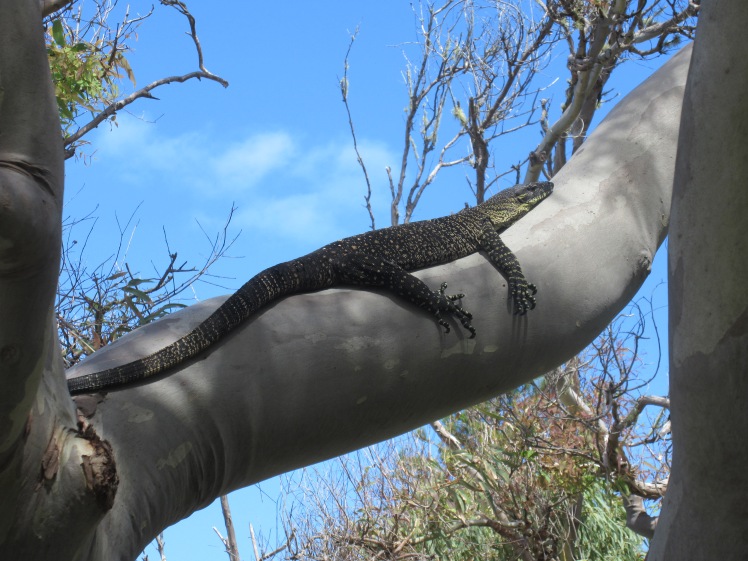 When we were little, and we played in the sand pit with diggers and dumpers, we used to joke that if we kept digging we would get to Australia. Sadly we never did, the bottom of the sandpit proving an impenetrable barrier to the magical land of strange creatures and endless sunshine.
When we were little, and we played in the sand pit with diggers and dumpers, we used to joke that if we kept digging we would get to Australia. Sadly we never did, the bottom of the sandpit proving an impenetrable barrier to the magical land of strange creatures and endless sunshine.
However on Fraser Island – the world’s largest sand island and the only place on the planet where rainforest grows on sand – digging in the sand didn’t get us to the plastic at the bottom of the pit, nor back to the land of highland cows, bagpipes and rain, but rather to… more sand. Everything on Fraser, from the mighty rainforests, to the mysterious, sparkling lakes, is held together by the stuff. Buckets of it.
The island was formed around 2 million years ago as strong winds and ocean waters carried large amounts of sand from south east Australia, depositing it along the coast of Queensland. The sand was deposited over what was once a low, hilly terrain formed millions of years ago by volcanic activity, and the island came to be.
Aboriginal people from three different groups – the Butchulla, the Ngulungbara and the Dulingbara – inhabited the island for thousands of years. The Aboriginal name for World Heritage Listed Fraser Island is “K’Gari,” which translates to “paradise.” With 122 km of golden sandy beaches, rainforests, freshwater lakes, swampy wetlands and a fascinating array of flora and fauna, it isn’t hard to see why.

An island made of sand means a main road made of sand, and one of the most beautiful main roads I think I will ever see! The “drive it like you stole it” motto means bouncing around in the back of a 4WD and holding on for dear life during the quick swerves is an adventure in itself.


Aside from data collection during the week, there was a lot of fun to be had. The sandy surface of the island is easily reshaped by wind and water currents, forming low sand hills called dunes. Sand dune jumping is therefore a necessary pastime on the island, as is swimming in the waterholes…
In fact, it definitely felt like living in a postcard. While swimming in the sea is forbidden due to the powerful rip tides, great white sharks and killer jellyfish, the freshwater lakes more than make up for this. A far cry from a dip in a Scottish loch, a swim in a lake on Fraser is akin to swimming in a warm bath that never cools down, albeit with turtles and fish swimming alongside you.
The dune lakes form when leaves and tree bark carried by the wind build up and harden, creating a solid lake bed that starts collecting rainwater. Some of these lakes lie above the water level of the surrounding sea and are known as perched lakes, forty of which can be found on Fraser Island. Their tranquil beauty is captivated most strikingly in sparkling, aquamarine Lake McKenzie, where the pure silica white sand is as easy on the eyes as it is on the feet.
Welcome shade from the sun can be found under the towering trees in the lush rainforest and sclerophyll forests. While I’d like to believe that the bush animals talk about the goings-on in the area through “scribbling” on the aptly named scribbly gum tree (photo below), the zigzag lines are actually tunnels made by the larvae of the scribbly gum moth and are harmless to the tree.
The wildlife on Fraser is one of the most exciting parts of being there: lace monitors crawl out from under your bunkhouse in the morning, the afternoon is spent strolling past the burrows of funnel-web spiders and the drive home is punctuated by stops to look at snakes or observe a passing dingo.
Indeed, the dingo – Australia’s wild dog – has to be the star of the show. Probably introduced by Asian seafarers about 4000 years ago, its origins have been traced back to the south Asian variety of grey wolf. Fraser Island may contain the purest strain of dingo in Australia as they have not crossbred with domestic or feral dogs to the same extent as mainland populations. Conservation of Fraser’s dingoes is therefore crucial. There are many signs around the island advising you to “stay dingo safe” by keeping your distance and refraining from feeding them. However their plight remains uncertain: since we returned a dingo had to be put down after attacking visitors, which reduces genetic diversity among the population.
So there you have our field trip to Fraser Island in a nutshell. I’ll likely be finding sand in all my belongings for weeks and have yet to readjust to tarmac roads, street lights, cars and cooking for myself (the two excellent chefs made the food a highlight of the trip!). While I could end by writing about how it is actually quite tough working on a tropical island in the relentless heat after an early start, it is unlikely anyone will believe that. So here’s to Fraser Island, that magical place at the bottom of the sandpit, full of strange creatures and endless sunshine, and a little piece of paradise in Queensland.


http://www.uq.edu.au/studyabroad/studentblogs/2016/04/27/lifes-a-beach/
















